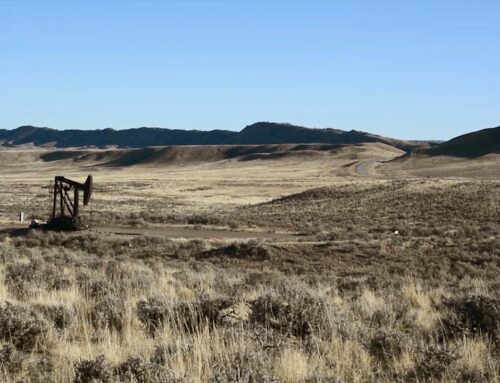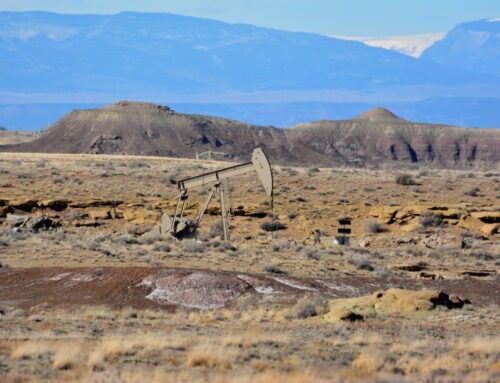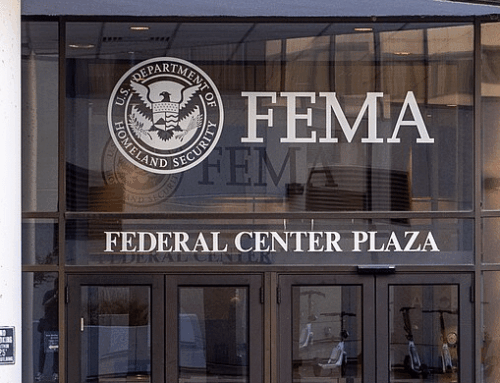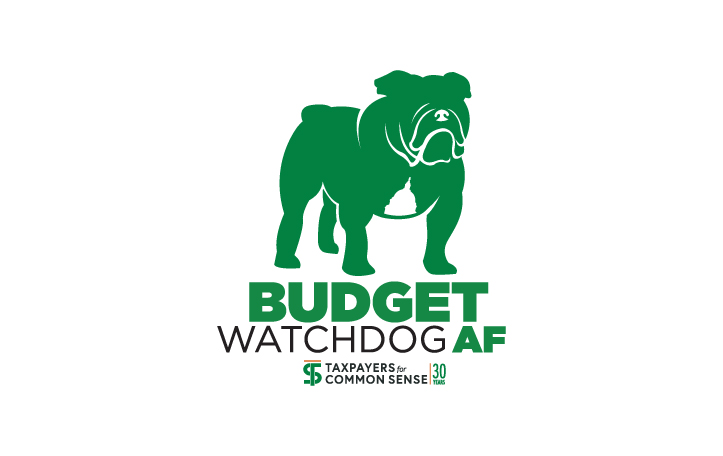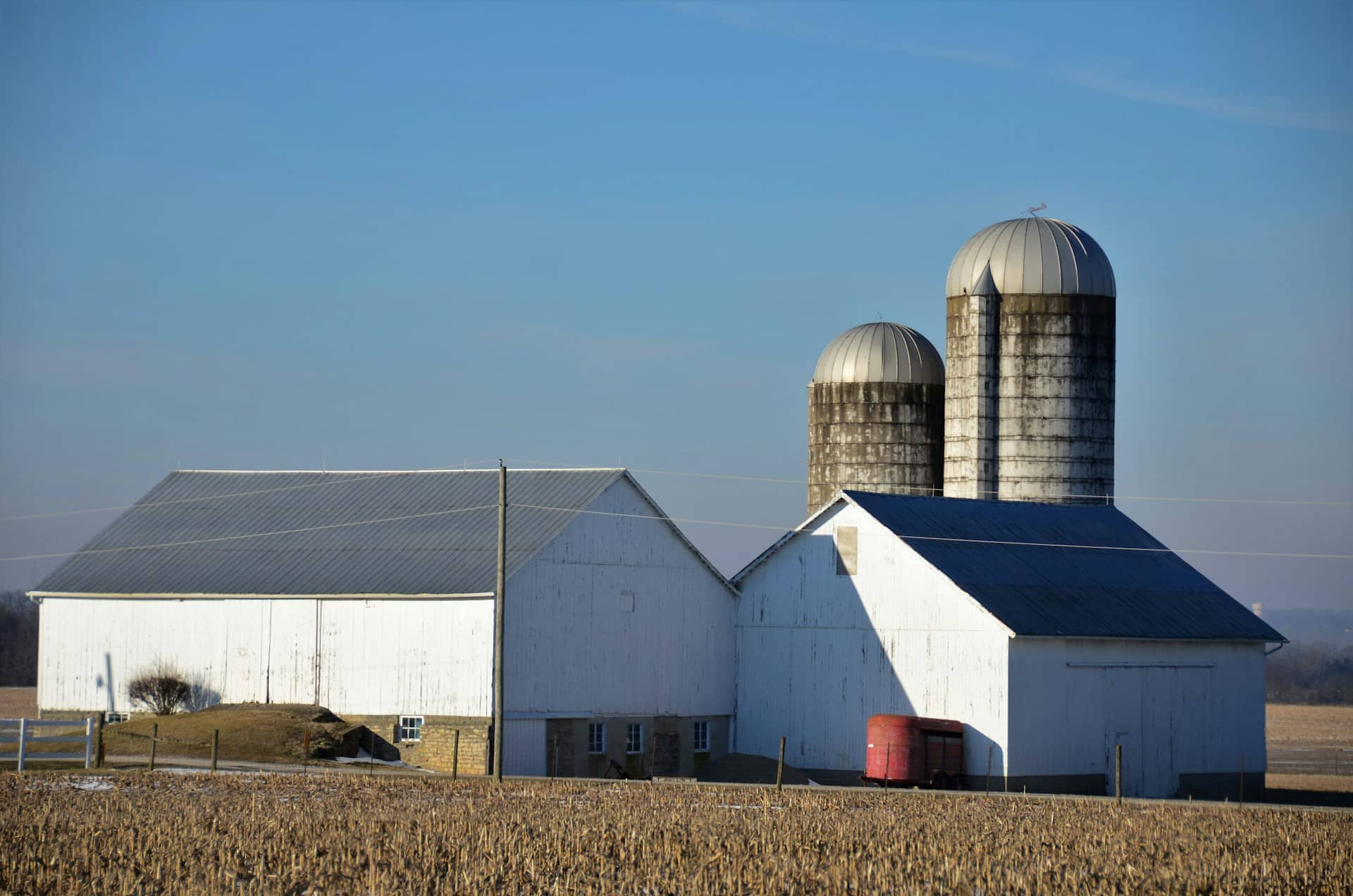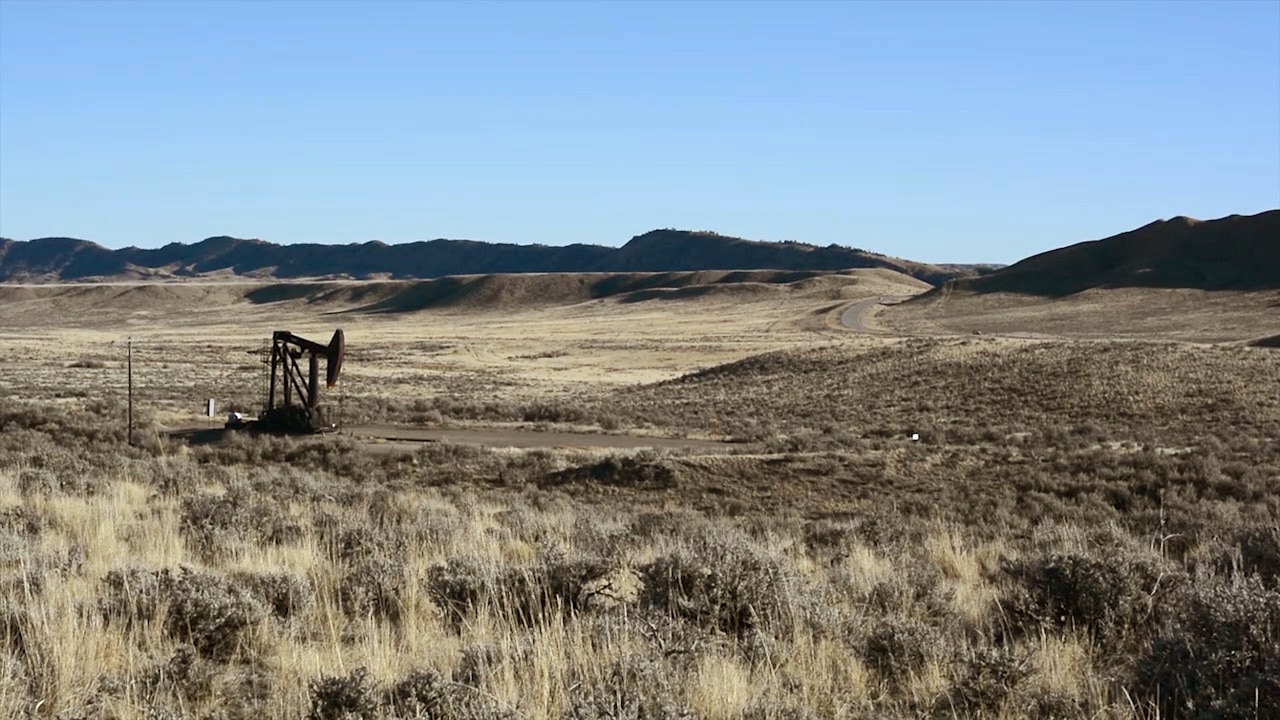On May 2, the Trump Administration released its "Skinny" Budget Request for fiscal year 2026. This abbreviated version of the budget, typically released in the first year of a new administration, outlines its priorities and signals what lawmakers can expect in the forthcoming full budget request. This year's skinny budget includes sweeping policy and spending shifts—from $163 billion in cuts to non-defense discretionary spending to proposals to devolve responsibility for programs in Education, Housing, EPA, Health, and FEMA to state governments.
New Wildfire Management Agency
One of the most drastic proposals included in the budget request is the consolidation of wildfire management resources into a single agency—the Federal Wildland Fire Service—within the Department of the Interior (DOI). Currently, federal wildfire management (and spending) is split across multiple departments and agencies, primarily the U.S. Forest Service (USFS) within the Department of Agriculture (USDA) and several agencies within the DOI.
In theory, a single agency could streamline federal wildfire response, improve risk mitigation efforts and coordination with non-federal partners, and make federal wildfire spending more transparent. TCS has repeatedly shown that this fragmented approach makes it difficult to track overall spending—particularly for programs like prescribed burns or other programs spread across agencies that serve similar purposes. We have highlighted the need for a budget crosscut to provide a more comprehensive view of federal wildfire spending to help policymakers identify where spending is going and where investments are most needed.
TCS has also supported efforts to break down bureaucratic silos, improve interagency coordination, and make it easier for communities—especially those at greatest risk—to access federal resources. Our analysis shows that the complexity of existing programs often leaves vulnerable communities confused, under-resourced, and less equipped to prepare for or recover from wildfires. The budget request echoes this concern, stating that the "dispersed nature of the Federal mission creates significant coordination and cost inefficiencies that result in sub-optimal performance."
However, the proposal to transfer wildfire management responsibilities from USFS to DOI is problematic. USFS currently manages 75% of the nation's wildfire resources. At the same time, the budget proposes deep cuts to core USFS operations and personnel that oversee wildfire-related programs. This dual blow would undermine federal wildfire mitigation efforts and leave communities and taxpayers exposed to growing risks from increasingly severe and costly wildfires.
The budget request proposes cutting programs and grants for state and private forests, claiming this would "empower" states and local communities to fund their own preparedness and risk mitigation efforts. But wildfires don't recognize federal, state or private property borders. Abruptly withdrawing federal support without offering alternative resources puts the burden on communities that are often ill-equipped to manage it alone. In our Wastebasket on the skinny budget, we acknowledged that state should play a bigger role in building resilience, but emphasized that "that shift must be deliberate and supported, not abrupt and unfunded."
Cuts to Forest Service Programs
The President's FY2026 skinny budget proposes significant cuts to several USFS programs responsible for wildfire-related activities, including the National Forest System, Forest and Rangeland Research, and State, Local, Tribal, and NGO Conservation Programs.
The budget calls for a $392 million reduction in National Forest System Management compared to FY2025 enacted levels. Most of these cuts would come from reductions in "salaries and expenses," but the proposal would also reduce funding for "recreation, vegetation and watershed management, and land management regulation." While details are slim, the proposal states that the "requested funding level supports the highest priorities in forest management, including timber sales, hazardous fuels removal, mineral extraction, grazing, and wildlife habitat management."
One of the most notable changes is the proposed elimination of the Collaborative Forest Landscape Restoration program. Created in 2009, the program provides 50% cost-share grants to regional USFS offices to implement and monitor ecological restoration projects on priority forest landscapes. While the program does not fund wildfire mitigation directly, it requires projects to include plans to "reduce the risk of uncharacteristic wildfire, including through the use of fire for ecological restoration and maintenance and reestablishing natural fire regimes, where appropriate." The Collaborative Forest Landscape Restoration program received $31 million in FY2025 under the current full-year Continuing Resolution (assuming identical funding levels to FY2024) and is slated to receive an additional $20 million through FY2026 from the Infrastructure Investment and Jobs Act.
The budget also proposes a $300 million cut to Forest and Rangeland Research (FRR) compared to FY2025 enacted levels. This office houses the USFS Joint Fire Science Program, an interagency partnership between the USFS and DOI. The program provides funding for both basic and applied wildfire science research programs, supporting innovation and research and development in wildfire prevention, mitigation, and response.
Uncertain Future of Federal Disaster Mitigation
The President's budget request also proposes a $646 million cut to non-disaster Federal Emergency Management Agency (FEMA) grant programs, though it is unclear which specific programs fall under this umbrella category. In the "Brief Description of Program and Recommended Reduction or Increase," the request vaguely refers to "wasteful and woke FEMA grant programs" and calls for refocusing the agency on "sound emergency management."
Although not explicitly detailed in the budget request, this funding cut coincides with announcements to halt new funding for key federal disaster mitigation programs, including the Hazard Mitigation Grant Program (HMGP) and the Building Resilient Infrastructure and Communities (BRIC) program. Established under the 1988 Stafford Act, HMGP enables states to rebuild smarter in the immediate aftermath of disasters—when communities are most ready to act. BRIC, created during the first Trump administration, provides federal pre-disaster mitigation funding for resilient infrastructure, nature-based solutions, and updated building codes.
Other wildfire-related FEMA grants—such as Assistance to Firefighter grants, Fire Management Assistance Grants, Staffing for Adequate Fire and Emergency Response Grants—documented in our wildfire spending database could also be affected. These programs are vital for protecting both communities and tax dollars. Eliminating them would increase the risk of future damage and leave the federal government for even greater costs down the line.
Wildfire Suppression Operations Reserve Fund
The request includes a proposed $100 million increase to the Wildfire Suppression Operations Reserve Fund, which provides additional federal funds for emergency wildfire suppression activities. First available and funded at $2.25 billion in FY2020, the Reserve Fund is authorized to increase by $100 million every year through FY2027, with unobligated balances rolling over year to year. Although Congress is not required to fund the Reserve Fund at its maximum authorized level, it has done so every year since its inception. The FY2026 skinny budget proposes funding the Reserve Fund at its maximum allowable level of $2.85 billion for FY2027.
Many Unanswered Questions
As is typical of a "skinny" budget, the administration's request offers sweeping statements and major directional shifts—but few specifics. That's especially true when it comes to wildfire policy.
Federal wildfire spending is notoriously fragmented, with responsibilities spread across a patchwork of agencies. While the USFS, DOI, and FEMA shoulder the bulk of federal wildfire activities, many other agencies contribute in ways not always visible in top-line budget numbers.
The creation of a new Federal Wildland Fire Service raises fundamental questions about governance, funding, and implementation. How would authorities be transferred from the Forest Service to the Department of the Interior? What would happen to the staff, assets, and expertise currently embedded in the USDA? What role would states and local communities play? How would the proposed budget cuts to core Forest Service programs affect the transition—and the federal government's ability to meet the growing wildfire risks?
Similarly, proposed cuts to FEMA's non-disaster grant program leave it unclear which specific programs are on the chopping block, and how communities would be expected to fill the resulting gaps.
The full FY2026 budget, which is expected to be released soon, must answer these questions or it will leave taxpayers, communities, and lawmakers with no assurances that the country is on track to address the rising costs and consequences of wildfires.
- Photo by Fachy Marín on Unsplash


